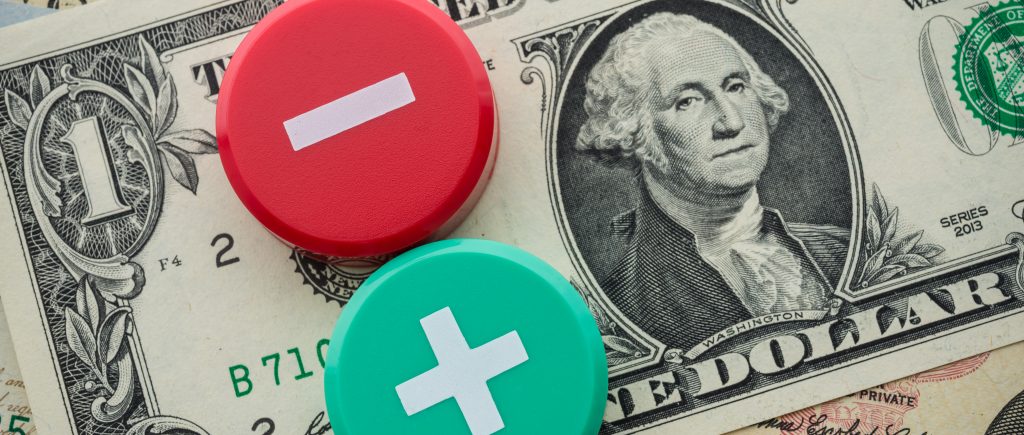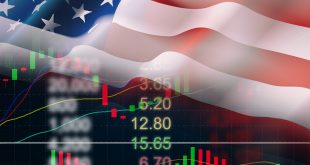The U.S. dollar staged a comeback after a turbulent day following the Federal Reserve’s interest rate decision. This resilience sparks a broader conversation about the Fed’s cautious approach, the economy’s strength, and what lies ahead for global markets. The dollar’s recovery reflects not just market mechanics but a deeper trust in the Fed’s ability to navigate uncertainty with patience. So, what drove this rebound, and what should be expected moving forward?
A Steady Hand at the Fed
On Wednesday, the Federal Reserve announced its decision to keep interest rates unchanged, prompting an initial dip in the dollar’s value. However, the currency regained ground after remarks from Jerome Powell, Chair of the Federal Reserve. Powell emphasized the Fed’s ability to wait before altering rates, citing a robust economy that allows for a measured approach. “Smarter actions” would come, Powell noted, by holding steady for a few months until clearer economic signals emerge.
This stance reassured markets. The dollar index, which tracks the currency against a basket of major peers, climbed to 98.92 points, up from Tuesday’s close of 98.82. During Wednesday’s U.S. trading session, the index fluctuated between a low of 98.48 and a high of 99.01 points. The recovery suggests investors see the Fed’s patience as a sign of confidence, not indecision.
Why the Dollar’s Movement Matters Now
The dollar’s movements ripple far beyond U.S. borders. A stronger dollar can pressure emerging markets, raise import costs, and influence global commodity prices. Powell’s comments point to a strategy of avoiding hasty rate cuts, which contrasts with past cycles where the Fed acted swiftly to prop up growth. In 2008, for instance, rapid rate cuts followed economic distress, but today’s economy—marked by steady growth and low unemployment—affords the Fed more flexibility.
Yet, this wait-and-see approach carries risks. Persistent inflation or unexpected slowdowns could force the Fed’s hand, unsettling markets. Conversely, prolonged high rates might strengthen the dollar further, squeezing global trade. The balance Powell seeks is delicate, and markets are watching closely.
Looking Ahead
What’s next for the dollar and the Fed? Patience may define the near term, but clarity on inflation, employment, and global growth will shape future moves. Investors should brace for volatility as data trickles in. For businesses and individuals, a stronger dollar could mean pricier imports but cheaper foreign travel or investments. Policymakers elsewhere, meanwhile, must adjust to a Fed that’s in no rush to ease.
Three takeaways emerge: First, trust in the Fed’s steady hand drives the dollar’s resilience. Second, global markets adapt to a cautious U.S. policy. Third, patience now could prevent disruption later—but only if the economy cooperates. Powell’s calm approach invites confidence, but the world waits to see if it leads to stability or surprises.
 Noor Trends News, Technical Analysis, Educational Tools and Recommendations
Noor Trends News, Technical Analysis, Educational Tools and Recommendations





